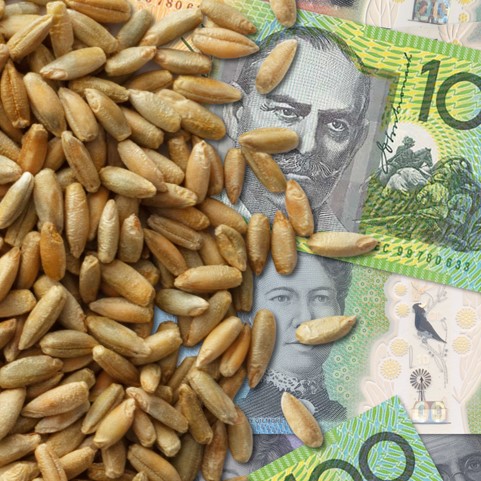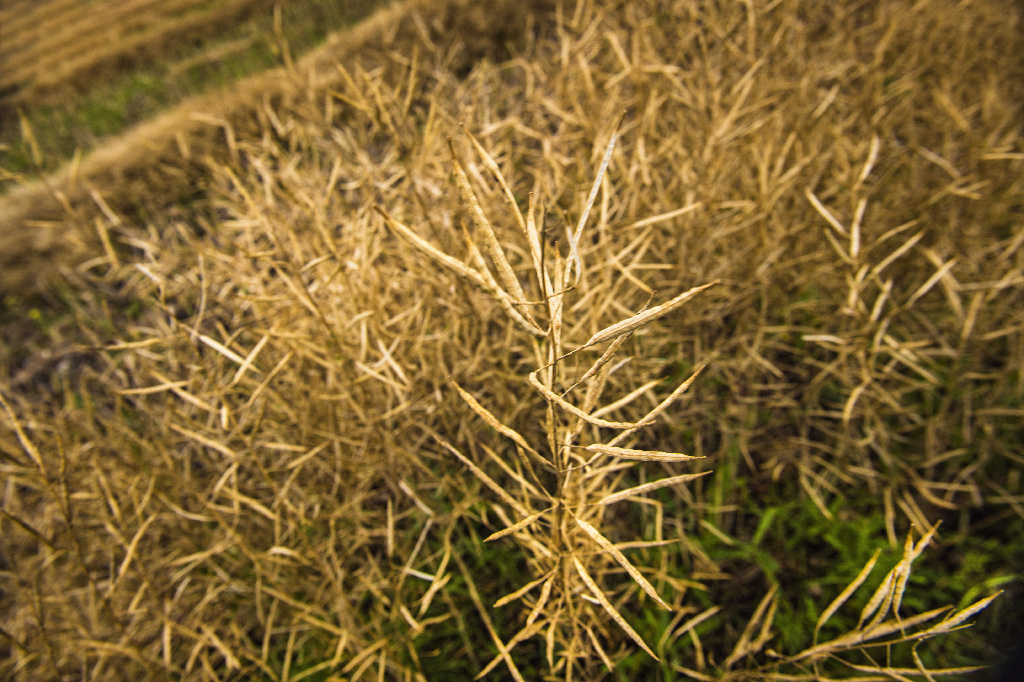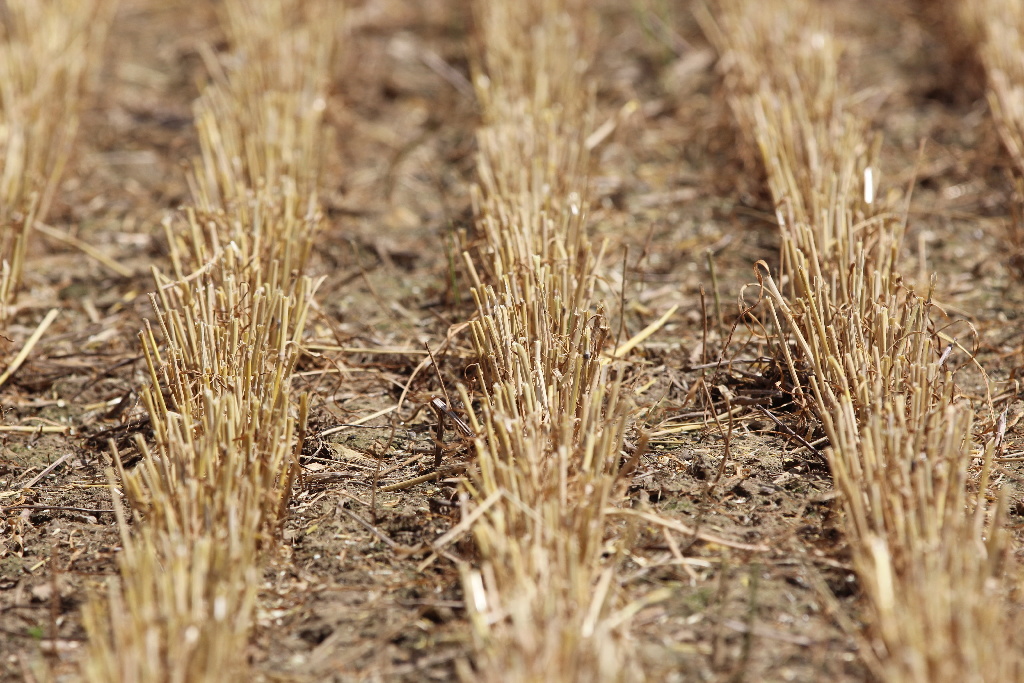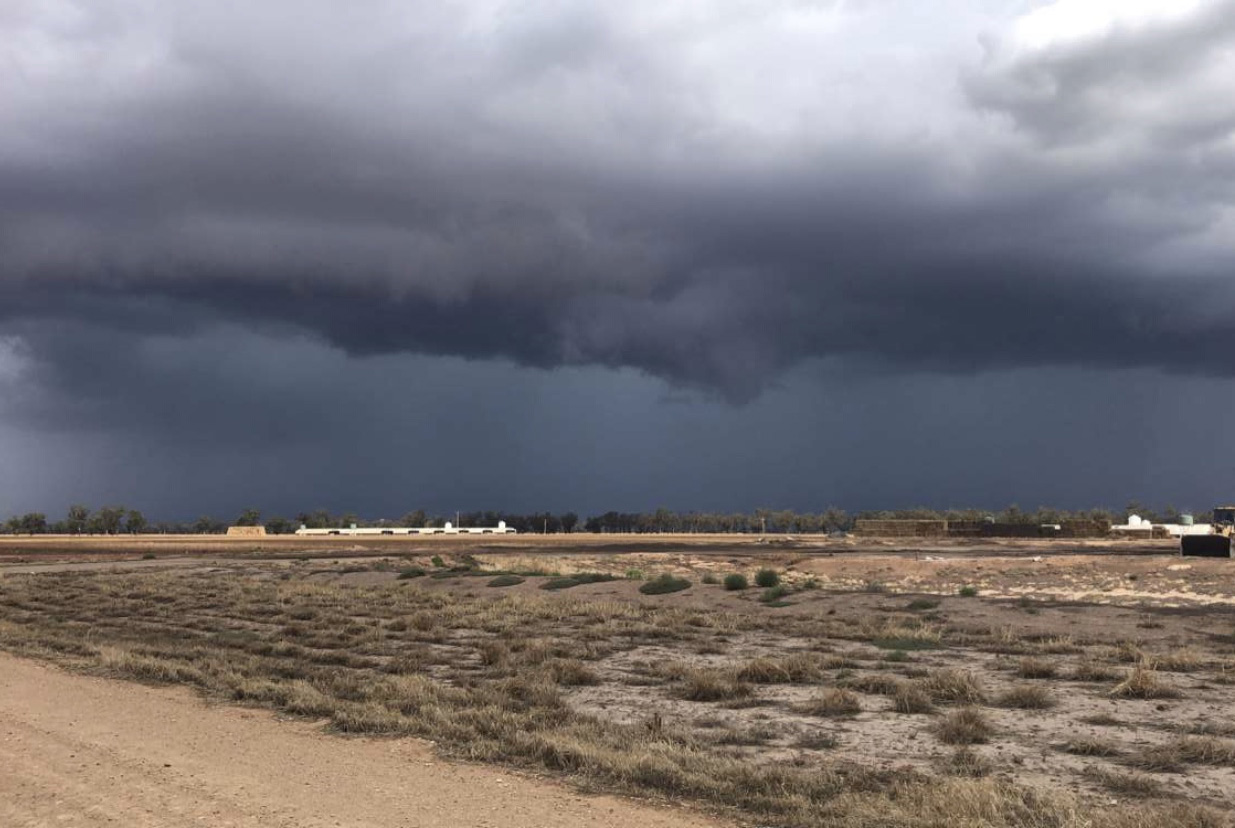We may be in grain danger as global turmoil continues
By Angus Groves
Amazing to think that only a month ago farmers all across New South Wales and Queensland were rejoicing after continued rains had drenched the east coast. Fast forward through the month of March, and it feels like anarchy, with everything surrounding the coronavirus and the oil war between Russia and Saudi Arabia dominating the short to medium term outlook.
Given this large global uncertainty, soft commodities such as wheat, corn and soybeans, have been better insulated against the coronavirus than most stock markets around the world. It seems as though food markets are tending to be less influenced by the virus than the broader financial markets.
This isn’t to say however that there isn’t a weak tone in the grain & oilseed markets. With large crops expected across the Black Sea and European Union, and the continued fallout of the coronavirus, we’ve seen CBOT wheat fall just over 14% across the space of 2 months from the highs in late January. Over the same period the S&P 500 Index across the United States has lost over 22%, and the Australian Stock Exchange’s S&P 200 Index is down an astonishing 38% (at time of writing) since late January.
In line with broader uncertainty there has also been falls for the Aussie dollar against other major currencies, as investors rush towards safe-haven currencies like the US Dollar. With the AUD falling over 10% against the USD since January, this makes our exports more attractive on the world stage. This is particularly important in a year like this as our farmers are staring down the barrel of much improved conditions and hoping for a year we have the ability to export grains internationally from both New South Wales and Queensland.
Locally, weather conditions have stabilised over the past 7-10 days with high pressure systems keeping things drier across most of New South Wales and Victoria, with the only significant falls expected being coastal showers. Broadly, it is hoped that the favourable weather patterns we have experienced so far this year continue as we gear up for planting.
Some areas have already started with some early crops though sowing is expected to occur on a large scale from the beginning of next month. Farmers are reporting that subsoil moisture across most regions is average to above average for this time of year, and all that is required is a planting rain to ensure the crop goes in as planned.
It is expected this year will be one of the most widespread winter plants since 2016, as drought has decimated farmers confidence to plant over the last 3 years. But with a profile of moisture and reduced appetite to buy expensive stock, it feels like there will be an enormous number of acres planted if we see a general break next month. Some commentators are even suggesting that up to 3.5 million hectares of wheat could be planted across New South Wales and Queensland. So, although there remains plenty of global uncertainty with the coronavirus, we have plenty to look forward to until we harvest this year’s crop.
Aussie Dollar could be the wildcard for grain growers

Well what a month it has been! A real rollercoaster ride of natural disasters, then came the flooding rains to much of NSW & QLD, and now we are back into the fire with the COVID-19 creating real turmoil in world markets. It would be fair to say that not a country in the world that has not been affected.
Read MoreManage your canola risks to capture upside

You could be forgiven for not considering canola in your rotations this year. Despite the recent rainfall it is still only February and it goes without saying that follow up rain is needed in the coming months to significantly increase confidence.
Read MoreCrop rotations front of mind as welcome rain falls

After the first dry week in a month filled with storms, everyone in the country have been given a chance to take a breath and plan ahead for 2020. It is certainly a different prospect from six weeks ago.
Read MoreWith Rain Comes Optimism

Widespread rain across Queensland and New South Wales over the past 10 days has been more than welcome through the cropping and pastoral regions. Isolated falls of up to 12 inches have been recorded to date with more forecast for the current week.
Read More